
If I were to pick a province that holds a special place in my heart, it would undoubtedly be Yunnan. After all, it is where I spent four years of my university life, and it is rightfully my second hometown.
Yunnan, abbreviated as Yun or Dian, is located in the southwestern border region of China. It has a diverse climate, magnificent landscapes, and abundant flora and fauna resources, earning it the title of the "Kingdom of Plants and Animals." It is not only home to wonders such as the Stone Forest, Erhai Lake, and Yuanyang Rice Terraces, but also a place where multiple ethnic groups live together, with their cultures and traditions being as rich and colorful as the rainbow. This has also given birth to a unique and charming food culture. Yunnan is truly a captivating and distinctive tourist destination that is worth exploring and experiencing over and over again.
Our main destination this time was the southern region of Yunnan. Then, we took the high-speed train from Xishuangbanna to Luang Prabang in Laos, thus experiencing the convenience of the cross-border railway. Our primary mode of transportation in southern Yunnan was still self-driving, which was more convenient and flexible.
November 17th, Kunming - Jianshui
The day before, Danny and I met at Kunming Airport and successfully picked up the rental car from the car rental company. We set off at 8 am and arrived at Jianshui Ancient City three hours later.
Jianshui Ancient City is located on Lin'an Road in Jianshui County, Honghe Hani and Yi Autonomous Prefecture, Yunnan Province. It is an ancient city with a long history, dating back approximately 1,200 years. It was once the political, economic, and cultural center of southern Yunnan and is known as the "Famous City of Literature" and the "Confucian City in Southern Yunnan." The architectural style of the ancient city is unique, blending the characteristics of the Central Plains culture and the ethnic minority cultures. There are many ancient buildings in the city, such as the Chaoyang Tower, the Confucian Temple, and the Zhu Family Garden. These buildings are well-preserved and have high historical and artistic value. The food in Jianshui Ancient City is also very distinctive, such as Jianshui tofu, cao ya rice noodles, and steam pot chicken. These delicacies have unique flavors and are deeply loved by tourists and local residents alike.
Our first stop in Jianshui Ancient City was the Zhu Family Garden. The Zhu Family Garden is located on Hanlin Street in Jianshui Ancient City, Yunnan. It is a family mansion built by the Zhu brothers in the late Qing Dynasty. It is of grand scale, covering an area of approximately 20,000 square meters, with 214 rooms and 42 courtyards. The layout of the building is ingenious, adopting the traditional "four vertical and three horizontal" form. The interior decoration is exquisite, with the carving and painting integrating multiple cultural elements. It features a magnificent gate, an elegant flower hall, and a classic garden. It is not only a residential building but also a grand view garden of architectural art, embodying the architectural style and family culture of southern Yunnan at that time, witnessing the rise and fall of the family. It is a national key cultural relic protection unit.

After lunch, we walked to Lin'an Railway Station. The main activity in the afternoon was to experience the Jianshui Mini Train. The starting point of the Jianshui Mini Train is Lin'an Station in Jianshui Ancient City. It is a unique sightseeing railway. The total length of the mini train line is about 13 kilometers, passing through stations such as the Shuanglong Bridge and the Xianghui Bridge. The carriages are retro in style, with a strong nostalgic atmosphere. Sitting on the mini train, you can enjoy the picturesque scenery along the way, including the idyllic landscape and the ancient villages. The seventeen-arch bridge of the Shuanglong Bridge is magnificent, and the Xianghui Bridge Station is full of French charm. The Jianshui Mini Train is not only a means of transportation but also a cultural experience journey, taking passengers through history and beautiful scenery, making them feel as if they have traveled back in time and experiencing the unique humanistic charm and natural beauty of Jianshui.
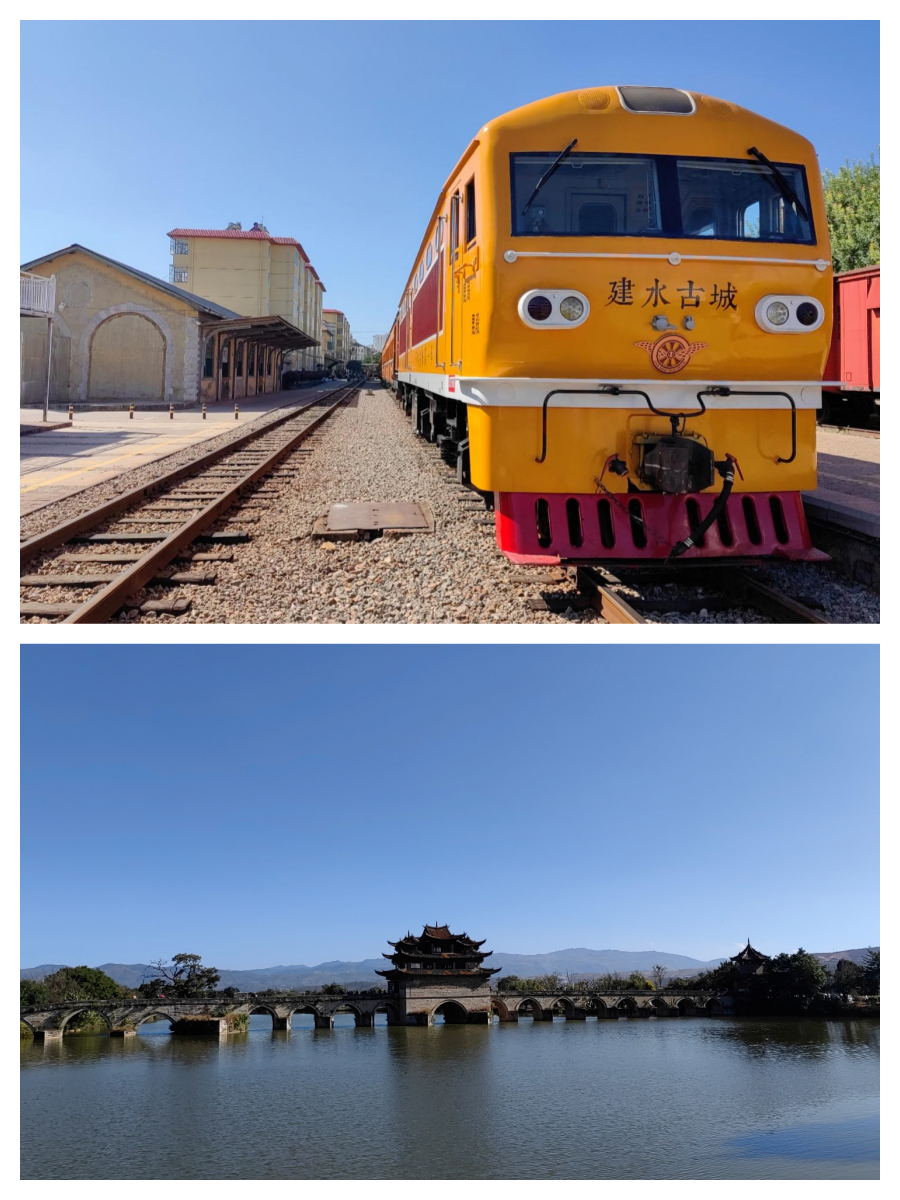
Tuanshan Village is located at the terminal station of the Jianshui Mini Train - Tuanshan. It is a well-preserved ancient village with a profound historical and cultural heritage. The architecture of the village is antique, blending the Huizhou-style architecture with the local characteristics. Here, you can experience the traditional residential layout and folk customs. Tuanshan Village is quiet and simple. Walking in it, the bluestone roads and ancient residences all tell the story of the past prosperity. It is like a "living" ancient architecture museum, attracting people to explore its ancient charm.
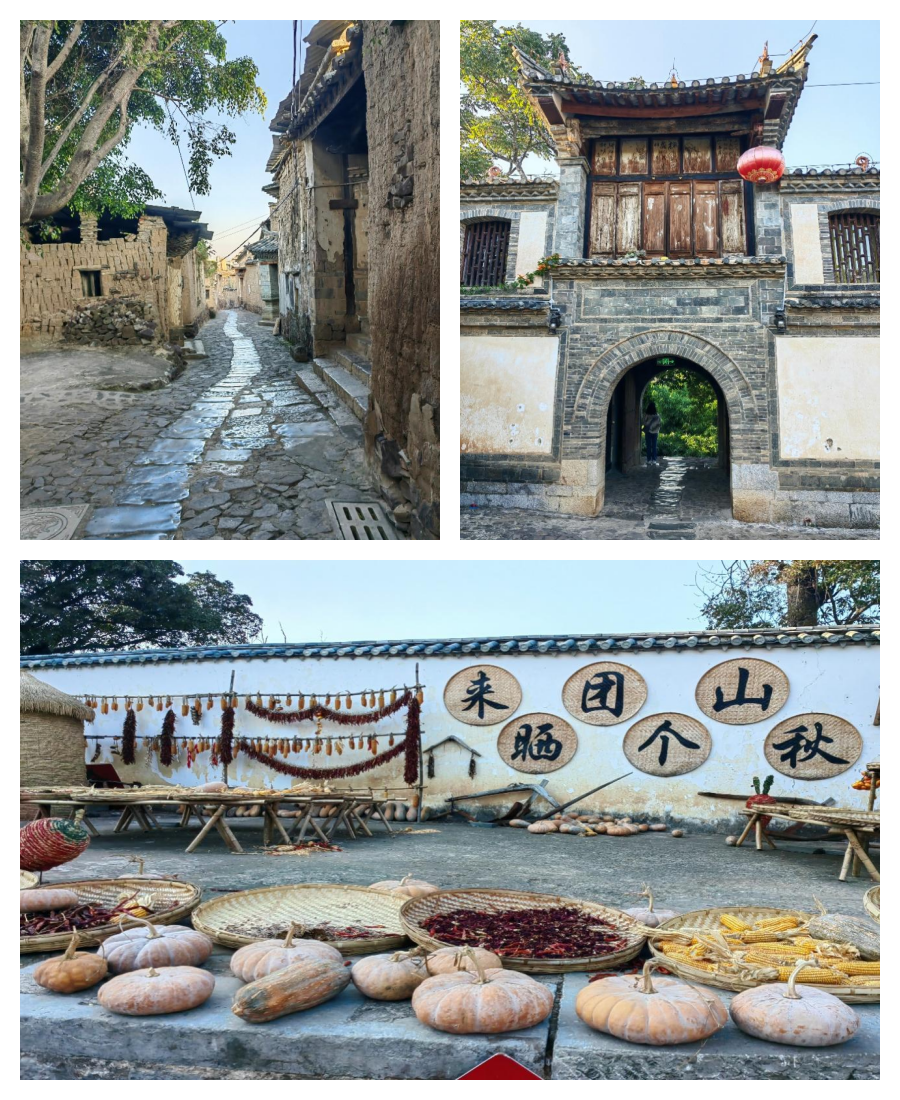
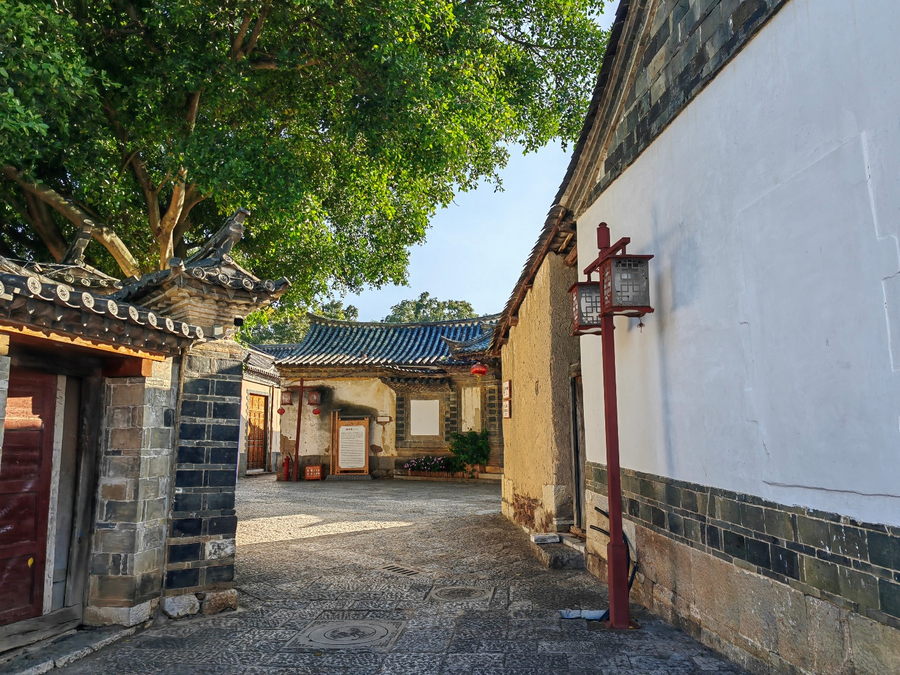
November 18th, Jianshui - Yuanyang Azheke Village - Pu'er
Today's drive was relatively long, and we set off before dawn. After a three-hour drive, we arrived at Azheke Village in Yuanyang. Azheke Village is located in the Yuanyang Rice Terraces Scenic Area in Yunnan. It retains a large number of traditional Hani mushroom houses, which are mainly made of earth and wood, with roofs like cute mushrooms. The village is surrounded by terraced fields, layer upon layer, witnessing the thousand-year-old farming civilization of the Hani people. The villagers still inherit the ancient farming techniques and lifestyles, and the folk customs are simple and honest. Tourists can experience the original rice cultivation culture here, feel the folk customs of the Hani people, and enjoy the unique charm of the integration of nature and humanity. In the mist and with the changing light and shadow, it feels like being in a paradise, immersed in the ancient and peaceful atmosphere.
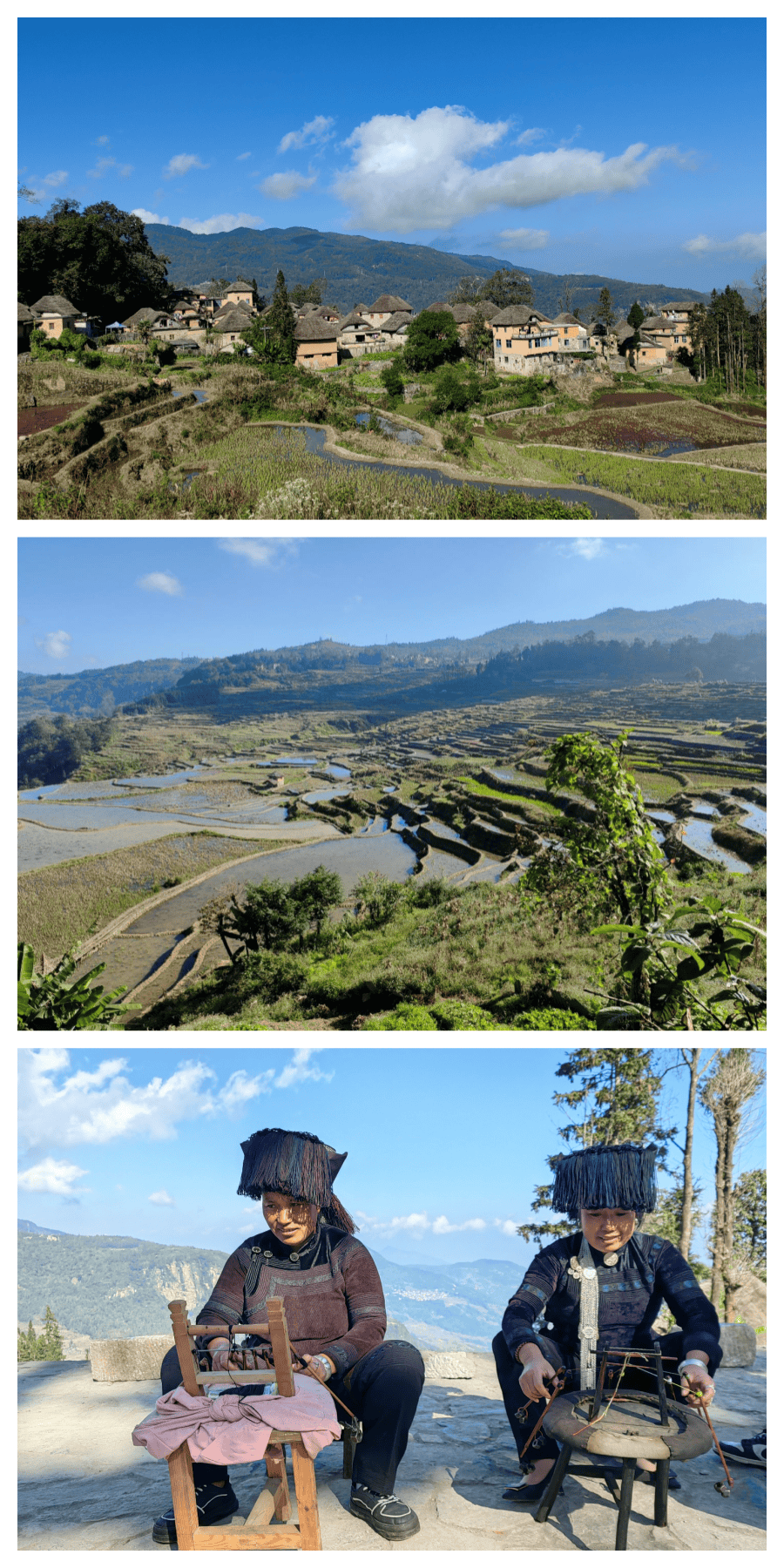
After that, we drove for another five hours to reach the Nake Li Ancient Tea Horse Road in Pu'er. The Nake Li Ancient Tea Horse Road is located in the Tongxin Town, Ning'er County, Pu'er City, Yunnan Province. It was once the "first stop" for Pu'er tea to enter Southeast Asia and an important post station on the Ancient Tea Horse Road. It was originally named "Ma Ku Li" because the horses in the caravan shed tears when crossing the river, and later it was renamed after the construction of a wind and rain bridge. Here, there are preserved relics such as the Ancient Tea Horse Road ruins and the century-old Rongfa Old Store. It is a multi-ethnic mixed village with a profound Pu'er tea culture, Ancient Tea Horse Road culture, and caravan culture. However, now it is completely occupied by domestic tourists. It is okay to visit it on the way, but there is no need to make a special trip.
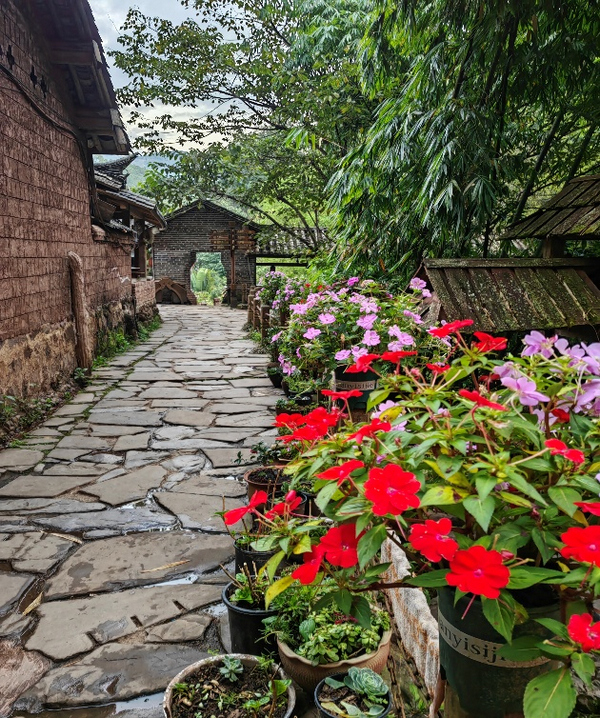
Yours Truly
Leena Li - Charmission Travel
